Chào các bạn nhỏ! Hôm nay, chúng ta sẽ cùng nhau khám phá một thế giới đầy màu sắc và thú vị thông qua những câu chuyện ngắn bằng tiếng Anh. Những câu chuyện này không chỉ giúp các bạn học được từ vựng và cấu trúc câu tiếng Anh mà còn mang đến những bài học ý nghĩa về cuộc sống và tình bạn. Hãy cùng nhau bước vào những hành trình phiêu lưu và học hỏi mới lạ nhé!
Giới thiệu về chủ đề
Once upon a time, in a magical forest, there was a little rabbit named Benny. Benny loved to hop around and explore the forest, but he didn’t know much about the animals that lived there. One sunny morning, Benny met a wise old owl named Oliver.
“Hello, Benny!” said Oliver. “I see you’re new here. Would you like to learn about the animals in our forest?”
Benny’s eyes lit up with excitement. “Yes, please! I want to know everyone!”
Oliver nodded. “Great! Let’s start with the birds. Listen carefully, and I’ll tell you their names.”
As Oliver spoke, Benny listened closely and tried to remember the names of the birds he heard. Oliver’s voice was filled with the sounds of each bird: “Listen to the tweet-tweet of the blue jay, the hoot-hoot of the owl, and the chirp-chirp of the sparrow.”
Benny tried to mimic the sounds and smiled. “Blue jay! Owl! Sparrow!”
Oliver clapped his wings. “Excellent, Benny! Now let’s move on to the mammals. Do you hear the growl of the bear?”
Benny listened and nodded. “Yes, I do!”
Oliver continued, “That’s the bear. And there’s the meow of the cat and the barking of the dog.”
Benny tried to make the sounds and laughed. “Meow! Bark!”
Oliver smiled. “You’re doing great, Benny! Now let’s learn about the reptiles. Do you hear the rattle of the snake?”
Benny closed his eyes and listened. “Yes, it sounds like a rattle!”
Oliver said, “That’s the snake. And there’s the croak of the frog.”
Benny tried to croak like a frog and giggled. “Croak! Croak!”
Oliver patted Benny on the head. “You’re a quick learner, Benny! Now let’s put it all together. If you hear a rattle, a croak, and a bark, what do you think that means?”
Benny thought for a moment and then said, “It means there’s a snake, a frog, and a dog in the forest!”
Oliver laughed. “That’s right, Benny! You’re a true forest detective!”
From that day on, Benny spent his days exploring the forest, listening to the sounds of the animals, and learning their names. He became the best friend of all the animals in the forest and shared his knowledge with other children who came to visit.
And so, the little rabbit Benny taught everyone about the wonderful world of animals in the forest, and they all lived happily ever after.
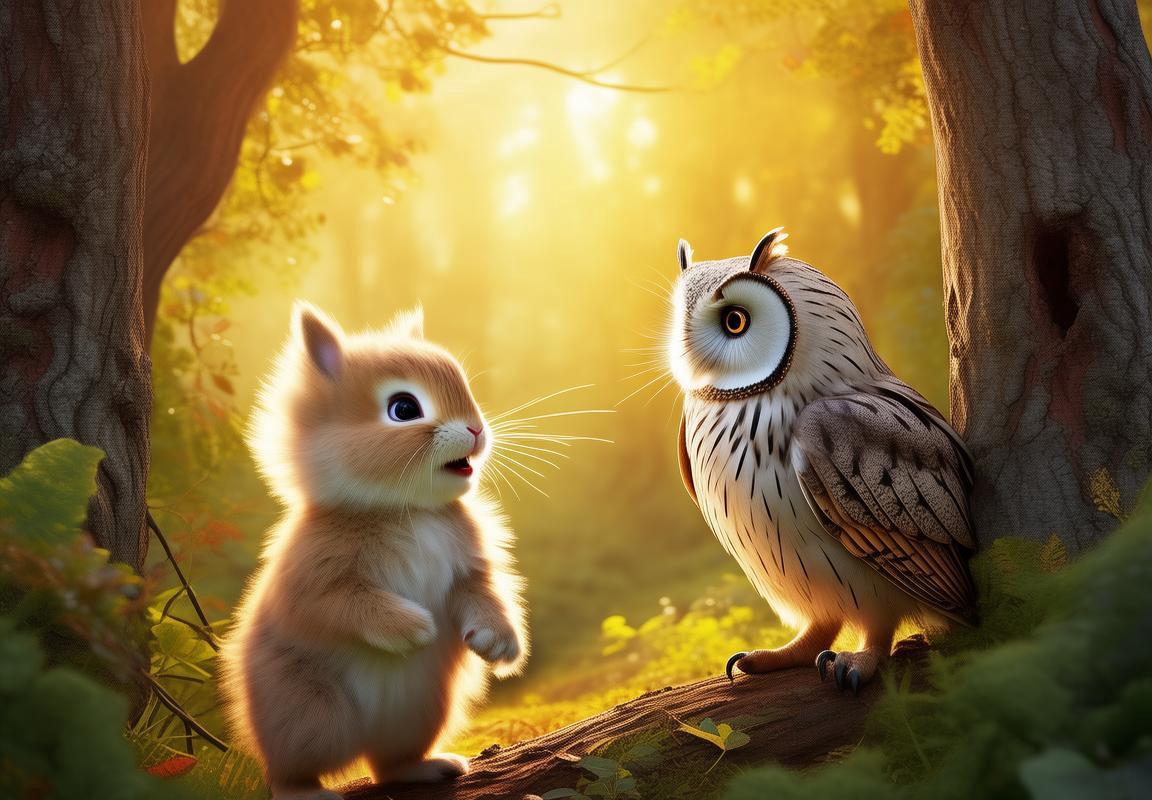
Hiển thị bài tập
Alright, let’s dive into the interactive content for learning about animals and the environment in English, with real animal sounds.
Interactive Learning Content: Animals and the Environment
Objective:– To teach children about different animals and their natural habitats.- To introduce the concept of conservation and the importance of the environment.- To engage children through interactive and auditory learning experiences.
Materials:– Computer or tablet with sound capabilities.- Interactive software or online platform with animal sounds and images.- Printed pictures of various animals and their habitats.- A small, portable speaker or headphones.
Activity 1: Animal Sound Bingo1. Prepare Bingo Cards: Create bingo cards with images of different animals and their habitats.2. Play the Game: As each animal sound is played, children will cover the corresponding image on their bingo card. The first child to cover all their squares wins.3. Discuss: After playing, discuss which sounds the children heard and where these animals live.
Activity 2: Animal Habitat Hunt1. Show Images: Display images of various animals and their natural habitats (e.g., jungle, forest, desert, ocean).2. Hide Sounds: Place small speakers or use the interactive software to hide animal sounds around the room.3. Hunt for Sounds: Children will go around the room, trying to find the animal sounds and match them with the correct habitat image.
Activity 3: Animal Conservation Discussion1. Watch a Video: Show a short video about animal conservation and the impact of human activity on the environment.2. Group Discussion: Lead a discussion about what the children can do to help protect animals and their homes.3. Creative Activity: Have children create posters or write letters to local authorities, advocating for environmental protection.
Activity 4: Animal Sound Memory Game1. Prepare Memory Cards: Create a set of cards with images of animals on one side and their habitats on the other.2. Memory Game: Lay the cards face down on a table. Children take turns flipping two cards to find matches.3. Challenge: Increase the difficulty by adding more pairs of cards with different animals and habitats.
Activity 5: Real Animal Sound Safari1. Gather Materials: Use the portable speaker to play real animal sounds recorded from the wild.2. Safari Adventure: Have children close their eyes and listen to the sounds. Ask them to guess which animal they think they are hearing.3. Learn and Discover: Discuss the animals’ behaviors and why they make those sounds.
Conclusion:– Recap the learning objectives with the children.- Encourage children to take home what they learned and share it with their families.- Praise their participation and curiosity about the natural world.
Note:– Ensure that the sound levels are comfortable for children and that the activities are conducted in a safe environment.- Use real animal sounds to enhance the learning experience and make it more memorable.
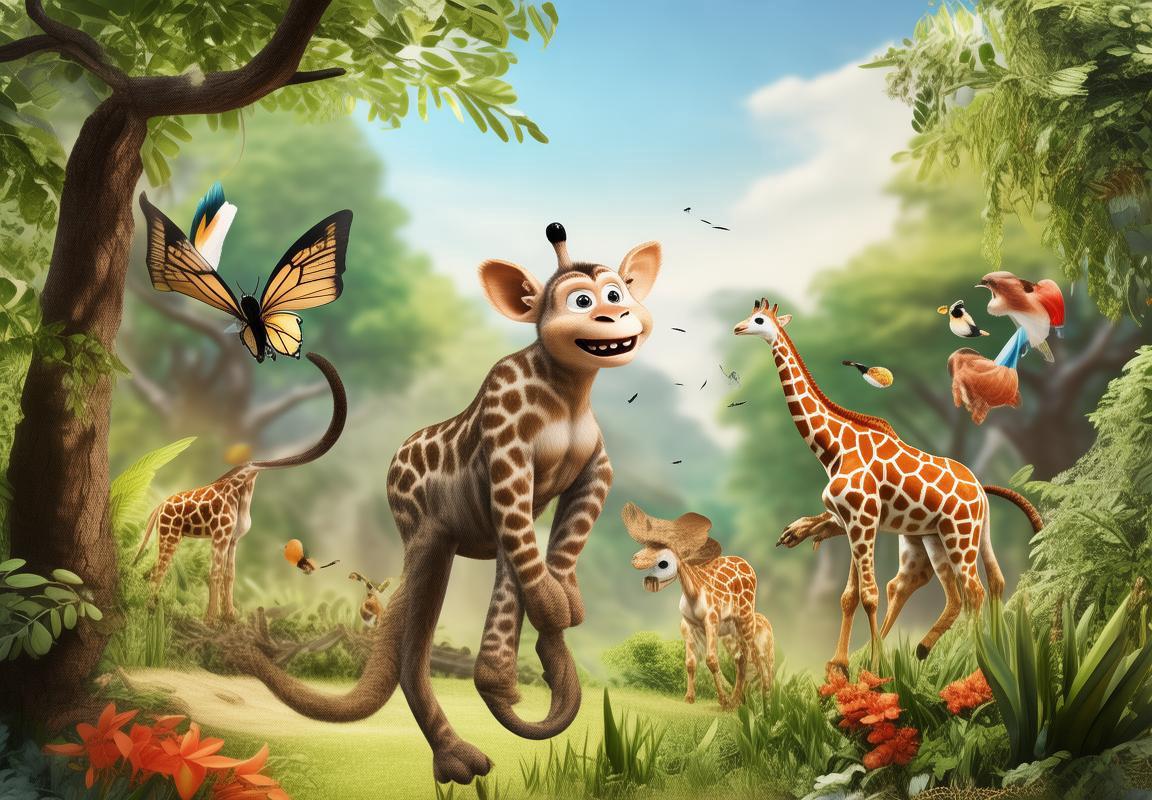
Đọc tên các từ cần tìm
Giáo viên: “Okay, class! Let’s start by finding the words. I will say a word, and you need to find it in the picture. The first word is ‘fish.’”
Trẻ em: “Fish!”
Giáo viên: “Great job! Now, the next word is ‘turtle.’”
Trẻ em: “Turtle!”
Giáo viên: “Excellent! Keep looking for the words. The next one is ‘whale.’”
Trẻ em: “Whale!”
Giáo viên: “That’s right! Now, let’s try a harder one. The word is ‘dolphin.’”
Trẻ em: “Dolphin?”
Giáo viên: “Yes, that’s it! Keep searching. Another word is ‘octopus.’”
Trẻ em: “Octopus?”
Giáo viên: “Correct! Keep up the good work. The next word is ‘shark.’”
Trẻ em: “Shark!”
Giáo viên: “You’re doing great! Now, let’s find ‘starfish.’”
Trẻ em: “Starfish?”
Giáo viên: “Yes, exactly! Keep looking. The next word is ‘crab.’”
Trẻ em: “Crab?”
Giáo viên: “That’s right! Now, let’s find ‘shrimp.’”
Trẻ em: “Shrimp?”
Giáo viên: “Yes, you got it! Keep going. The next word is ‘eel.’”
Trẻ em: “Eel?”
Giáo viên: “That’s correct! Now, let’s find ‘clownfish.’”
Trẻ em: “Clownfish?”
Giáo viên: “Yes, you’re on a roll! The next word is ‘seahorse.’”
Trẻ em: “Seahorse?”
Giáo viên: “That’s right! Now, let’s find ‘octopus’ again, because sometimes we need to look twice.”
Trẻ em: “Octopus?”
Giáo viên: “Yes, you found it again! Great job! Now, the last word is ‘shark.’”
Trẻ em: “Shark!”
Giáo viên: “That’s right! You’ve found all the words. Excellent! You did a fantastic job today!”
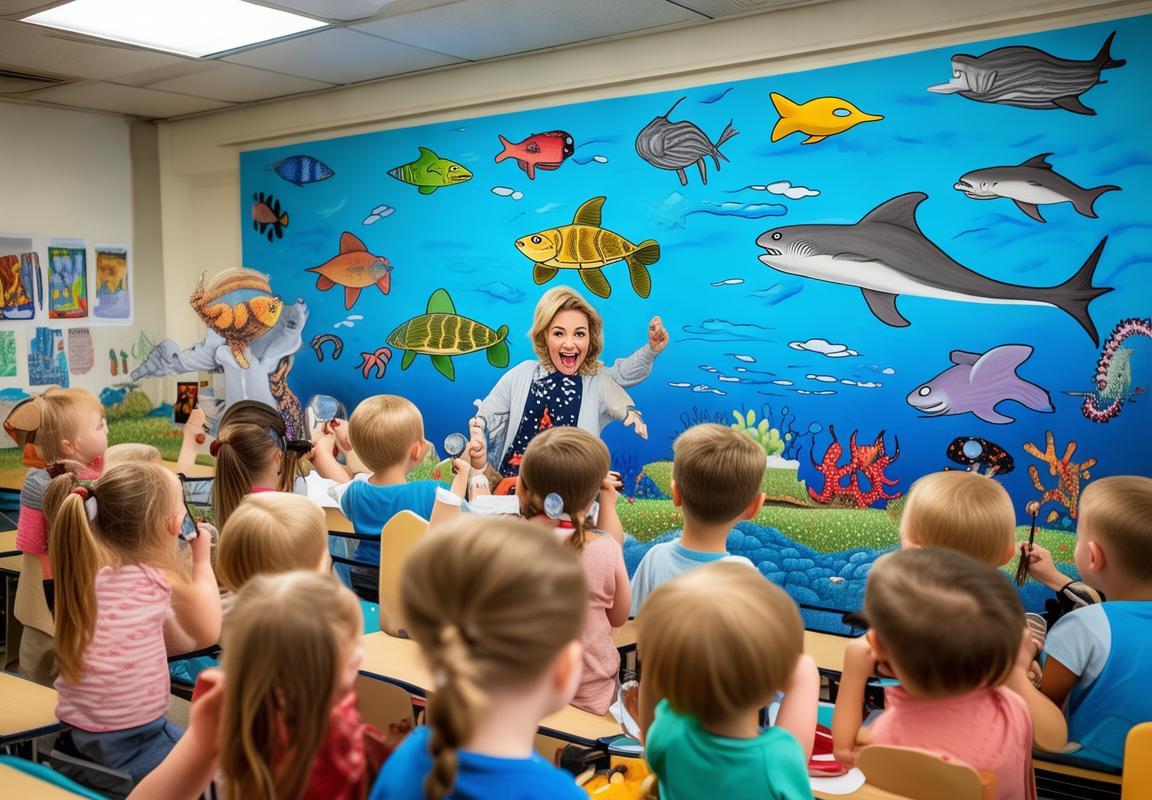
Tìm kiếm và ghi lại từ
-
Giáo viên: “Chúng ta sẽ bắt đầu trò chơi tìm từ ẩn. Hãy nhìn kỹ vào bài tập và tìm các từ mà tôi sẽ đọc ra.”
-
Trẻ em: “Ừm, tôi thấy một từ là ‘tree’!”
-
Giáo viên: “Đúng rồi! ‘Tree’ là một từ mà chúng ta cần tìm. Hãy viết nó vào tờ giấy của mình.”
-
Trẻ em: “Tôi cũng thấy ‘flower’!”
-
Giáo viên: “Rất tốt! ‘Flower’ cũng là một từ cần tìm. Hãy viết nó vào tờ giấy.”
-
Trẻ em: “Ừm, tôi thấy ‘sun’!”
-
Giáo viên: “Đúng rồi! ‘Sun’ là từ tiếp theo mà chúng ta cần tìm. Hãy viết nó vào tờ giấy.”
-
Trẻ em: “Tôi thấy ‘cloud’!”
-
Giáo viên: “Rất tốt! ‘Cloud’ cũng là một từ cần tìm. Hãy viết nó vào tờ giấy.”
-
Trẻ em: “Tôi thấy ‘grass’!”
-
Giáo viên: “Đúng rồi! ‘Grass’ là từ tiếp theo mà chúng ta cần tìm. Hãy viết nó vào tờ giấy.”
-
Giáo viên: “Chúng ta đã tìm được nhiều từ rồi. Hãy tiếp tục tìm kiếm và ghi lại các từ khác.”
-
Trẻ em: “Tôi thấy ‘river’!”
-
Giáo viên: “Rất tốt! ‘River’ cũng là một từ cần tìm. Hãy viết nó vào tờ giấy.”
-
Trẻ em: “Tôi thấy ‘bird’!”
-
Giáo viên: “Đúng rồi! ‘Bird’ là từ tiếp theo mà chúng ta cần tìm. Hãy viết nó vào tờ giấy.”
-
Giáo viên: “Chúng ta đã tìm được nhiều từ rồi. Hãy tiếp tục tìm kiếm và ghi lại các từ khác.”
-
Trẻ em: “Tôi thấy ‘cat’!”
-
Giáo viên: “Rất tốt! ‘Cat’ cũng là một từ cần tìm. Hãy viết nó vào tờ giấy.”
-
Trẻ em: “Tôi thấy ‘dog’!”
-
Giáo viên: “Đúng rồi! ‘Dog’ là từ tiếp theo mà chúng ta cần tìm. Hãy viết nó vào tờ giấy.”
-
Giáo viên: “Chúng ta đã tìm được nhiều từ rồi. Hãy tiếp tục tìm kiếm và ghi lại các từ khác.”
-
Trẻ em: “Tôi thấy ‘fish’!”
-
Giáo viên: “Rất tốt! ‘Fish’ cũng là một từ cần tìm. Hãy viết nó vào tờ giấy.”
-
Trẻ em: “Tôi thấy ‘turtle’!”
-
Giáo viên: “Đúng rồi! ‘Turtle’ là từ tiếp theo mà chúng ta cần tìm. Hãy viết nó vào tờ giấy.”
-
Giáo viên: “Chúng ta đã tìm được nhiều từ rồi. Hãy tiếp tục tìm kiếm và ghi lại các từ khác.”
-
Trẻ em: “Tôi thấy ‘frog’!”
-
Giáo viên: “Rất tốt! ‘Frog’ cũng là một từ cần tìm. Hãy viết nó vào tờ giấy.”
-
Trẻ em: “Tôi thấy ‘bee’!”
-
Giáo viên: “Đúng rồi! ‘Bee’ là từ tiếp theo mà chúng ta cần tìm. Hãy viết nó vào tờ giấy.”
-
Giáo viên: “Chúng ta đã tìm được nhiều từ rồi. Hãy tiếp tục tìm kiếm và ghi lại các từ khác.”
-
Trẻ em: “Tôi thấy ‘ant’!”
-
Giáo viên: “Rất tốt! ‘Ant’ cũng là một từ cần tìm. Hãy viết nó vào tờ giấy.”
-
Trẻ em: “Tôi thấy ‘spider’!”
-
Giáo viên: “Đúng rồi! ‘Spider’ là từ tiếp theo mà chúng ta cần tìm. Hãy viết nó vào tờ giấy.”
-
Giáo viên: “Chúng ta đã tìm được nhiều từ rồi. Hãy tiếp tục tìm kiếm và ghi lại các từ khác.”
-
Trẻ em: “Tôi thấy ‘rabbit’!”
-
Giáo viên: “Rất tốt! ‘Rabbit’ cũng là một từ cần tìm. Hãy viết nó vào tờ giấy.”
-
Trẻ em: “Tôi thấy ‘deer’!”
-
Giáo viên: “Đúng rồi! ‘Deer’ là từ tiếp theo mà chúng ta cần tìm. Hãy viết nó vào tờ giấy.”
-
**
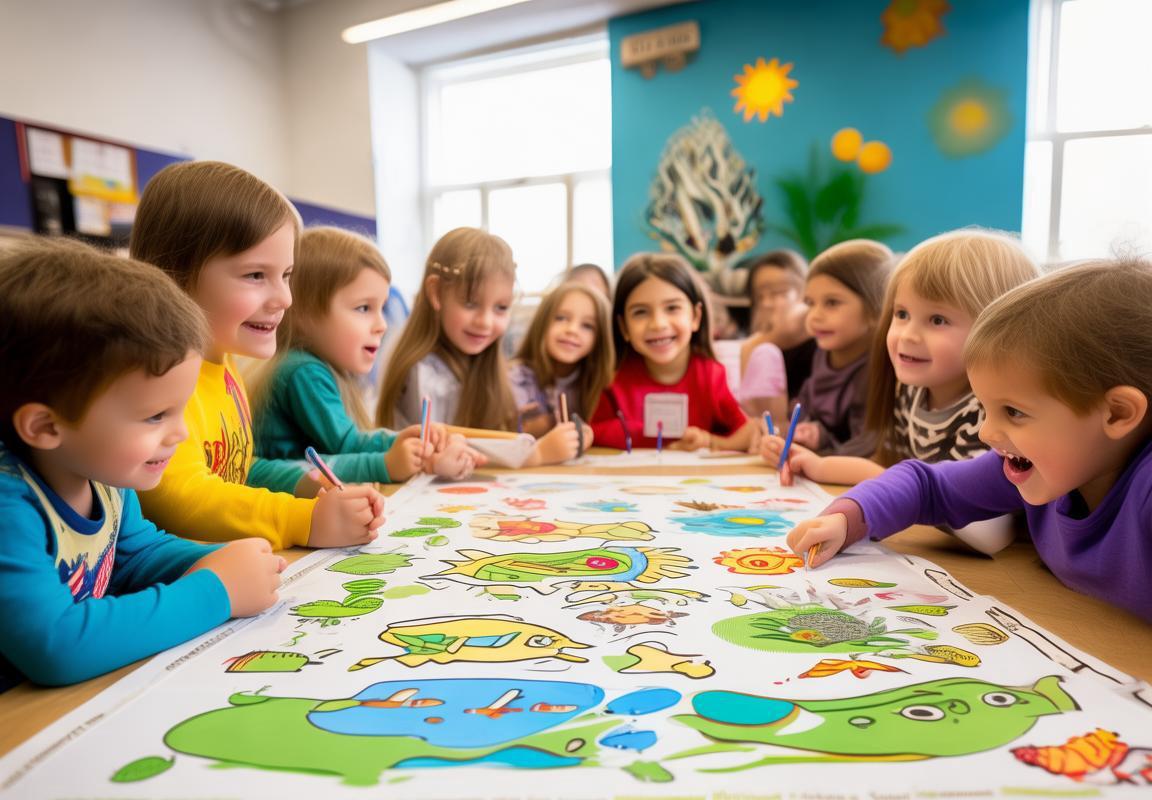
Kiểm tra và thảo luận
-
Giáo viên: “Chúng ta đã tìm được nhiều từ rồi đấy! Hãy đọc tên các từ mà các bạn đã viết ra.”
-
Trẻ em 1: “Tôi tìm thấy ‘tree’!”
-
Trẻ em 2: “Tôi cũng tìm thấy ‘flower’!”
-
Giáo viên: “Rất tốt! ‘Tree’ là cây và ‘flower’ là hoa. Chúng ta có thể kể một câu chuyện ngắn về cây và hoa không?”
-
Trẻ em 3: “Chúng ta có thể kể về một cây lớn và một bông hoa nhỏ.”
-
Giáo viên: “Đúng vậy! Một cây lớn và một bông hoa nhỏ đã gặp nhau trong công viên. Hãy cùng nhau kể câu chuyện này.”
-
Trẻ em 1: “Một ngày nọ, một cây lớn đứng giữa công viên.”
-
Trẻ em 2: “Cây có rất nhiều lá xanh và thân cây to lớn.”
-
Trẻ em 3: “Một bông hoa nhỏ cũng mọc lên ở gần đó.”
-
Giáo viên: “Bông hoa có màu hồng nhạt và rất xinh đẹp.”
-
Trẻ em 1: “Cây và hoa đã nói chuyện với nhau.”
-
Trẻ em 2: “Cây nói: ‘Em rất nhỏ bé nhưng em rất xinh đẹp.’”
-
Trẻ em 3: “Hoa nói: ‘Em rất cao lớn nhưng em rất mạnh mẽ.’”
-
Giáo viên: “Cả cây và hoa đều rất vui vẻ vì đã gặp nhau. Hãy tìm thêm từ khác và chúng ta sẽ kể thêm câu chuyện khác.”
-
Trẻ em 4: “Tôi tìm thấy ‘sun’!”
-
Giáo viên: “Rất tốt! ‘Sun’ là mặt trời. Mặt trời rất quan trọng vì nó chiếu sáng cho chúng ta và giúp cây cối phát triển.”
-
Trẻ em 5: “Tôi tìm thấy ‘wind’!”
-
Giáo viên: “Rất tốt! ‘Wind’ là gió. Gió giúp lá cây đung đưa và làm cho không khí trong lành.”
-
Giáo viên: “Chúng ta có thể kể thêm về mặt trời và gió không?”
-
Trẻ em 1: “Mặt trời lên và chiếu sáng cả công viên.”
-
Trẻ em 2: “Gió thổi và làm lá cây đung đưa.”
-
Trẻ em 3: “Cây và hoa đều rất vui vẻ vì có mặt trời và gió.”
-
Giáo viên: “Chúng ta đã kể rất hay! Hãy tiếp tục tìm kiếm và chúng ta sẽ có thêm câu chuyện mới.”
-
Trẻ em 6: “Tôi tìm thấy ‘cloud’!”
-
Giáo viên: “Rất tốt! ‘Cloud’ là đám mây. Đám mây có thể làm trời mưa và làm cho ngày trở nên thú vị.”
-
Trẻ em 7: “Tôi tìm thấy ‘grass’!”
-
Giáo viên: “Rất tốt! ‘Grass’ là cỏ. Cỏ mọc ở dưới chân cây và làm cho công viên trở nên xanh mướt.”
-
Giáo viên: “Chúng ta có thể kể thêm về đám mây và cỏ không?”
-
Trẻ em 1: “Đám mây trôi qua và làm trời mưa.”
-
Trẻ em 2: “Cỏ mọc lên và làm cho công viên trở nên xanh mướt.”
-
Trẻ em 3: “Cây và hoa đều rất vui vẻ vì có đám mây và cỏ.”
-
Giáo viên: “Chúng ta đã kể rất hay! Hãy tiếp tục tìm kiếm và chúng ta sẽ có thêm câu chuyện mới.”
-
Trẻ em 8: “Tôi tìm thấy ‘bird’!”
-
Giáo viên: “Rất tốt! ‘Bird’ là chim. Chim bay qua công viên và làm cho không khí trở nên sôi động.”
-
Trẻ em 9: “Tôi tìm thấy ‘animal’!”
-
Giáo viên: “Rất tốt! ‘Animal’ là động vật. Động vật sống trong công viên và chúng rất thú vị.”
-
Giáo viên: “Chúng ta có thể kể thêm về chim và động vật không?”
-
Trẻ em 1: “Chim bay qua công viên và hát những bài hát hay.”
-
Trẻ em 2: “Động vật chạy và nhảy trong công viên.”
-
Trẻ em 3: “Cây và hoa đều rất vui vẻ vì có chim và
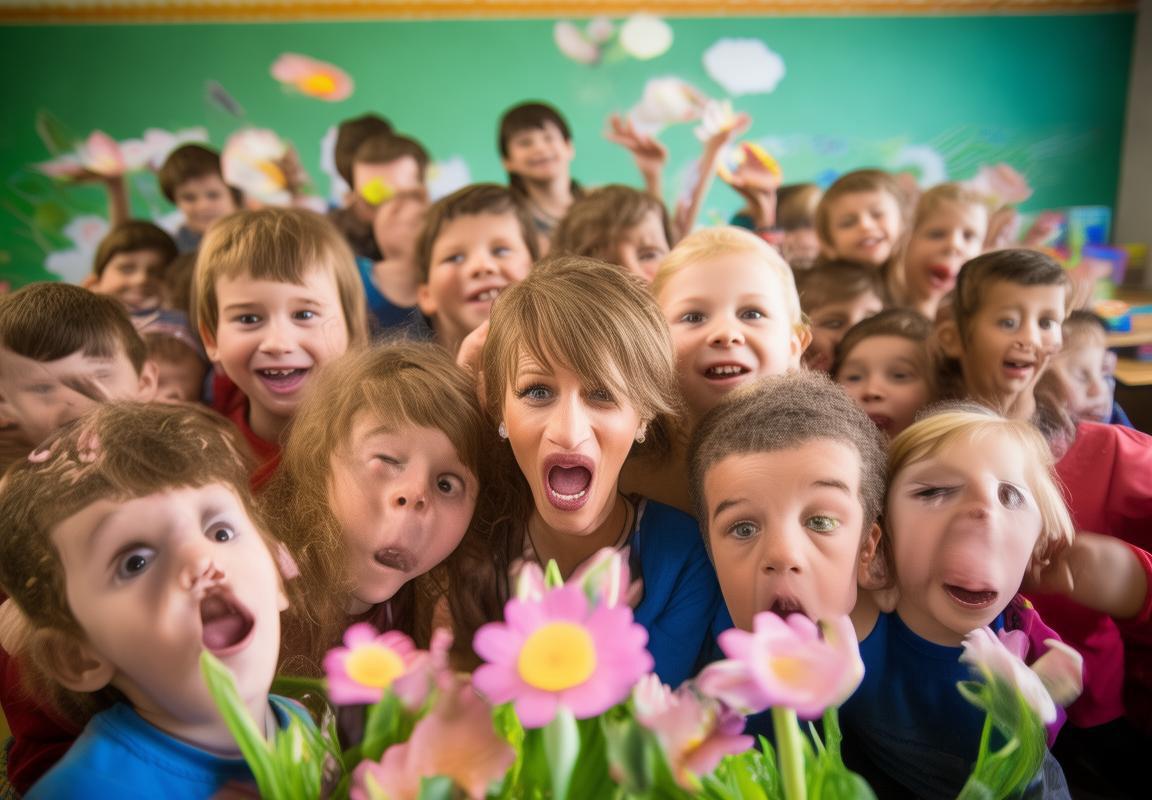
Hoạt động phụ
-
Giáo viên: “Chúng ta đã tìm được rất nhiều từ rồi! Bây giờ, hãy thử một hoạt động thú vị khác. Mỗi bạn sẽ có một bức tranh nhỏ về môi trường xung quanh. Hãy tưởng tượng mình là một nhà vẽ tranh và thêm vào bức tranh của mình những từ mà chúng ta đã tìm thấy.”
-
Trẻ em: (Cả lớp bắt đầu vẽ tranh và thêm các từ lên bức tranh của mình.)
-
Giáo viên: “Khi các bạn đã hoàn thành, hãy đến đây và để tôi xem tác phẩm của mình. Tôi sẽ đọc tên một từ và các bạn hãy tìm và vẽ từ đó vào bức tranh của mình.”
-
Trẻ em: (Các em đến gần và bắt đầu tìm kiếm và vẽ các từ vào tranh.)
-
Giáo viên: “Tôi sẽ bắt đầu. Đầu tiên là ‘tree’. Ai tìm thấy từ ‘tree’?”
-
Trẻ em: (Một em lên trước và vẽ từ ‘tree’ vào tranh.)
-
Giáo viên: “Rất tốt! Tiếp theo là ‘flower’. Ai tìm thấy từ ‘flower’?”
-
Trẻ em: (Một em khác lên trước và vẽ từ ‘flower’ vào tranh.)
-
Giáo viên: “Chúng ta đang làm rất tốt! Hãy tiếp tục và thêm nhiều từ khác vào tranh của mình.”
-
Trẻ em: (Cả lớp tiếp tục vẽ và thêm các từ vào tranh.)
-
Giáo viên: “Khi các bạn đã hoàn thành, hãy ngồi lại vị trí của mình và chia sẻ tác phẩm của mình với bạn bè.”
-
Trẻ em: (Các em chia sẻ và thảo luận về tác phẩm của mình.)
-
Giáo viên: “Chúng ta đã có một buổi học rất thú vị và đầy sáng tạo. Hãy nhớ rằng môi trường xung quanh chúng ta rất quan trọng và chúng ta có thể sử dụng ngôn ngữ để mô tả và bảo vệ nó.”
-
Trẻ em: (Cả lớp nở nụ cười và cảm thấy tự hào về tác phẩm của mình.)
-
Giáo viên: “Hãy mang bức tranh của mình về nhà và chia sẻ với gia đình. Hãy kể họ về trò chơi tìm từ ẩn và những từ mà chúng ta đã tìm thấy.”
-
Trẻ em: (Các em mang bức tranh về nhà và chia sẻ với gia đình.)
-
Giáo viên: “Chúc các bạn một buổi học vui vẻ và hãy nhớ rằng chúng ta luôn có thể học được điều mới từ những hoạt động thú vị này.”
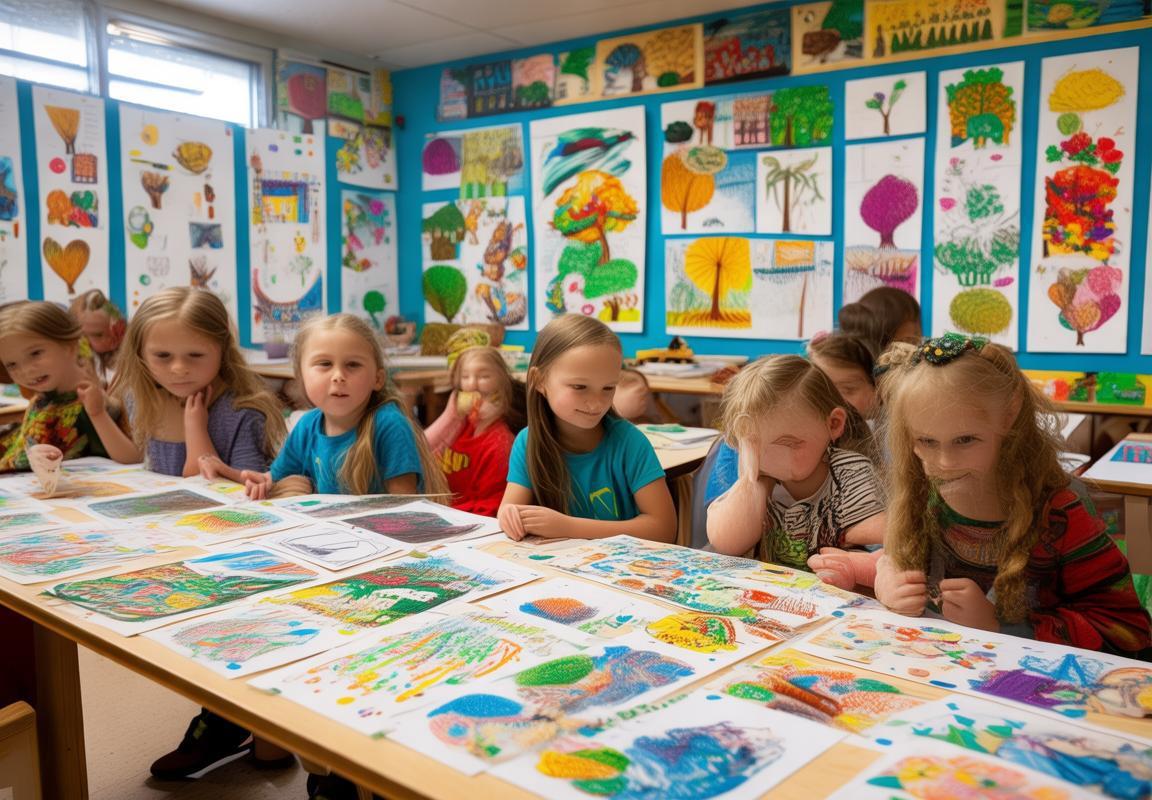
Kết thúc trò chơi
Tạo hội thoại về việc mua đồ trong cửa hàng trẻ em, sử dụng tiếng Anh đơn giản
Câu 1:Bán hàng viên: “Hello, welcome to our toy store! How can I help you today?”
Trẻ em: “Hello! I want to buy a new toy car.”
Câu 2:Bán hàng viên: “Great choice! Do you want a red one, blue one, or yellow one?”
Trẻ em: “I want the blue one, please.”
Câu 3:Bán hàng viên: “Certainly! Here you go. Is this the one you want?”
Trẻ em: “Yes, it is! Thank you!”
Câu 4:Bán hàng viên: “You’re welcome! How much is the toy car?”
Trẻ em: “How much is it?”
Câu 5:Bán hàng viên: “The toy car is $10.”
Trẻ em: “Okay, I have $5. Can I pay for it now?”
Câu 6:Bán hàng viên: “Of course! Here’s your change. Thank you for your purchase!”
Trẻ em: “Thank you!”
Câu 7:Bán hàng viên: “Enjoy your new toy car and see you next time!”
Trẻ em: “Bye!”
